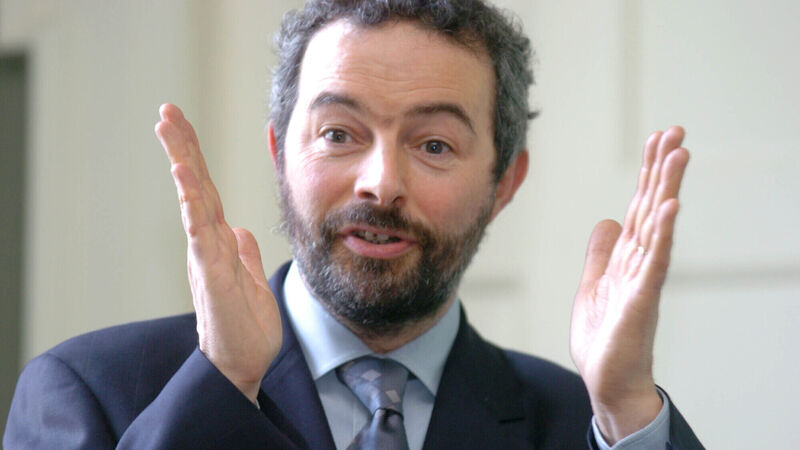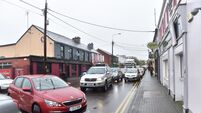Austin Hughes: Bumpy but welcome slowdown in house price inflation may lie ahead

Irish house price growth may ease on reducing affordability and the dampening effects of looming ECB rate increases, cost-of-living pressures, and uncertainties around the economic outlook, says Austin Hughes.
Official figures released last week show that Irish house price inflation accelerated for the 18th month in a row to reach 15.3% in February, the fastest increase since April 2015. Despite sharply higher prices, demand still seems to be very strong.
Transactions in February were almost 12% higher than a year earlier, further underlining the current buoyancy of the property market, marked by robust demand for homes, strong jobs growth, and supportive demographics amid shortages.
Property prices outside Dublin are somewhat stronger than in the capital: Inflation in Dublin at 13.5% was overshadowed by price increases of 16.8% across the rest of the country.
Although the monthly figures can be volatile, there are marked differences in the current speed of property price increases across the country.
Apart from month-to-month fluctuations, such variations reflect a combination of factors. Affordability strains are likely curbing demand, and, consequently, restraining the pace of price increase in higher price areas.
In addition, working from home has supported buying in regions. A further driver is the use of some increased savings built up through the pandemic to purchase holiday homes. And a lack of any significant volume of new building outside the main urban centres means that even modest increments in demand can result in outsized increases in price.
The strength of the Irish residential property market has now brought Irish housing prices to within just 2.5% of their 2007 Celtic Tiger peak, effectively reversing the 55% slump seen in the severe downturn between 2007 and early 2013.
As 2022 progresses, Irish house price growth may ease on reducing affordability and the dampening effects of looming ECB rate increases, cost-of-living pressures, and uncertainties around the economic outlook.
But does this mean a cooler property market or threaten another collapse?
There are nearly 600,000 more people, and about 250,000 more people at work. In aggregate, household disposable incomes are 35% higher, translating into a marked increase in economy-wide spending power. In contrast, new homebuilding at just over 20,000 is only about a fifth of the peak building rates of the previous boom and supply looks set to increase relatively modestly in coming years.
Arguably, a more important difference is that strong Irish economic growth of late is not driven by a surge in borrowing.
Whereas household borrowing stood at €153bn at the end of 2007, it was about a third lower at €104bn at the start of 2022. To a significant extent, this reflects the impact of macroprudential measures introduced by the Central Bank in 2015 that impose limits on borrowing relative to income and property values.
Also, the impact on the behaviour of both borrowers and lenders is the painful and recent memory of the carnage caused by the previous credit boom.
The past few years have seen a wide range of large and unexpected challenges to the Irish economy and, as a result, to the property market ranging from Brexit, through the pandemic, to surging inflation and war in Ukraine. While there has been some pain, the economy and the property market has weathered these storms much better than expected.
The increasing prospect of higher ECB interest rates this year may be the next headwind to be faced.
Although the view in financial markets currently is that the upcoming rise in interest rates will be relatively brief and reasonably limited, the fear of a material change in the borrowing climate, coupled with the shadow cast by the Russian invasion of Ukraine, on the outlook for the Irish economy may prove sufficient to produce a bumpy but welcome slowdown in Irish property price inflation to a more sustainable pace as 2022 progresses.













